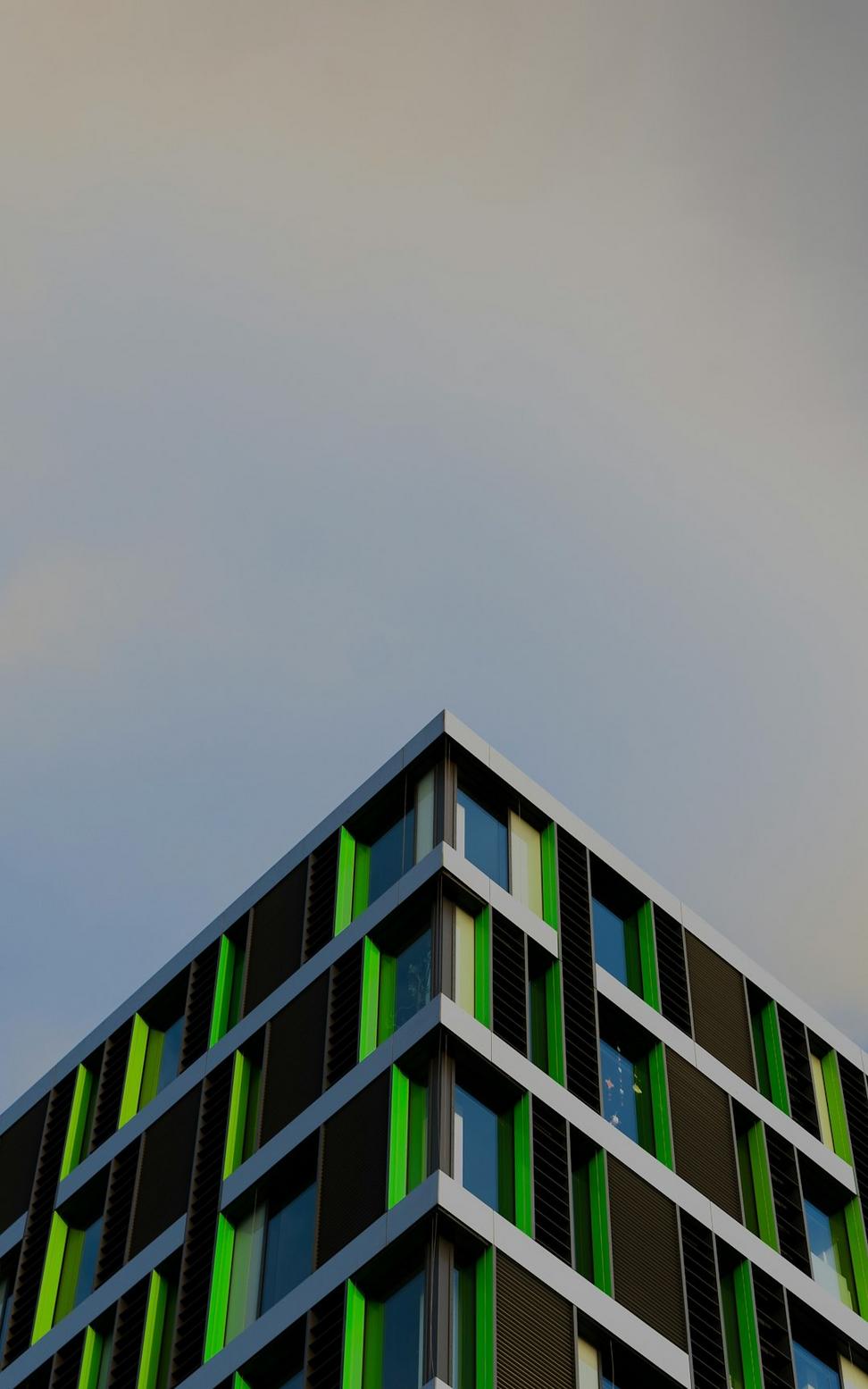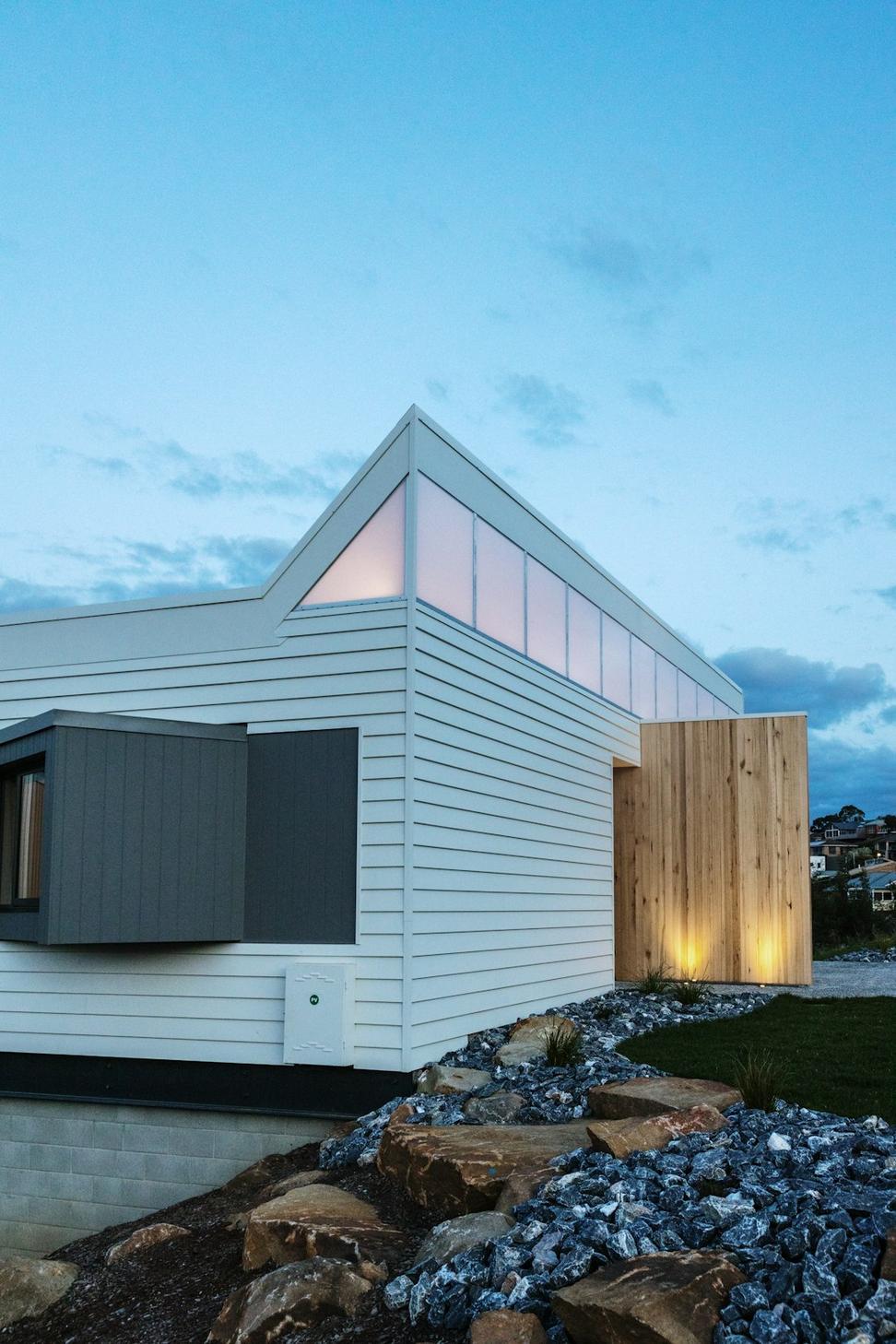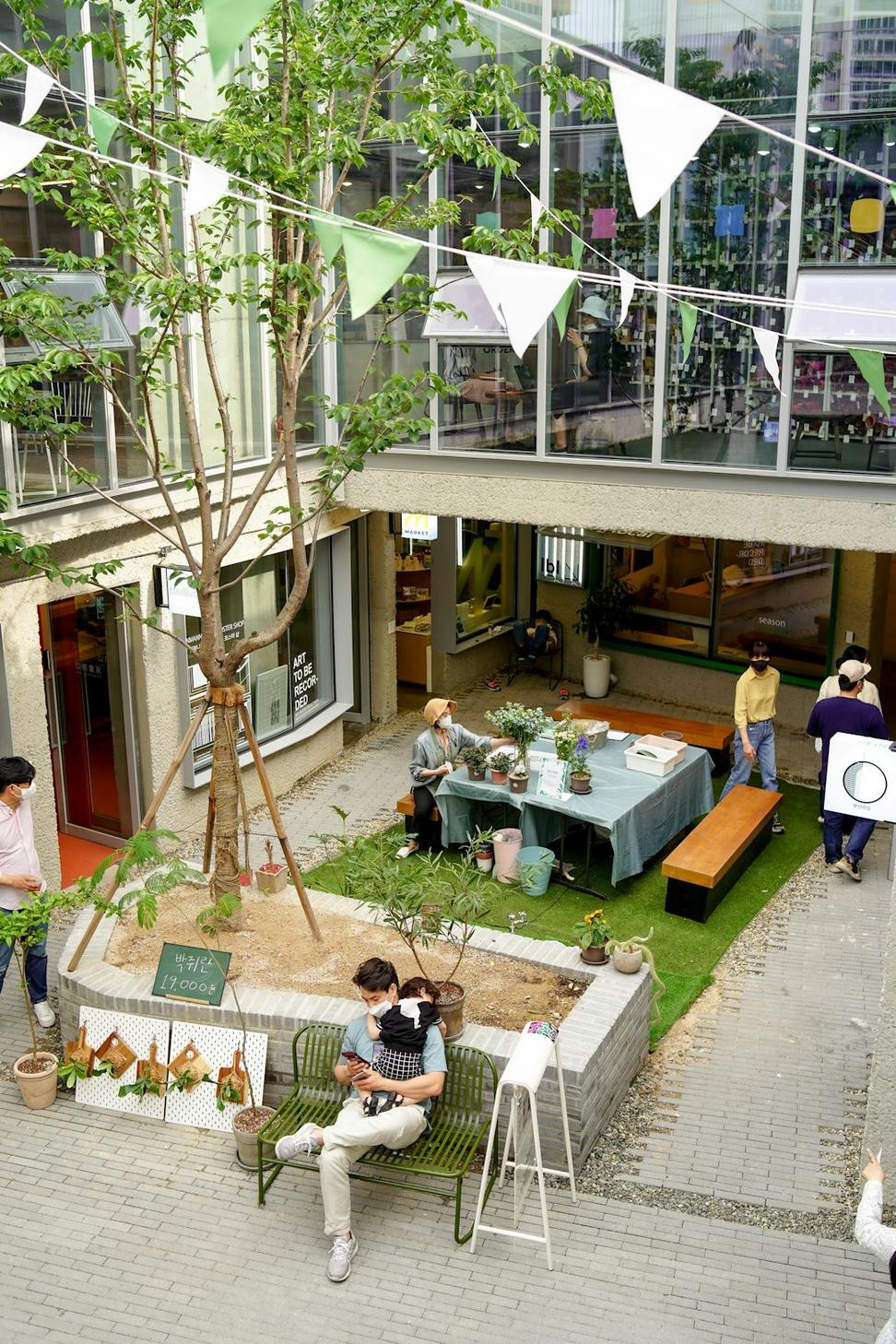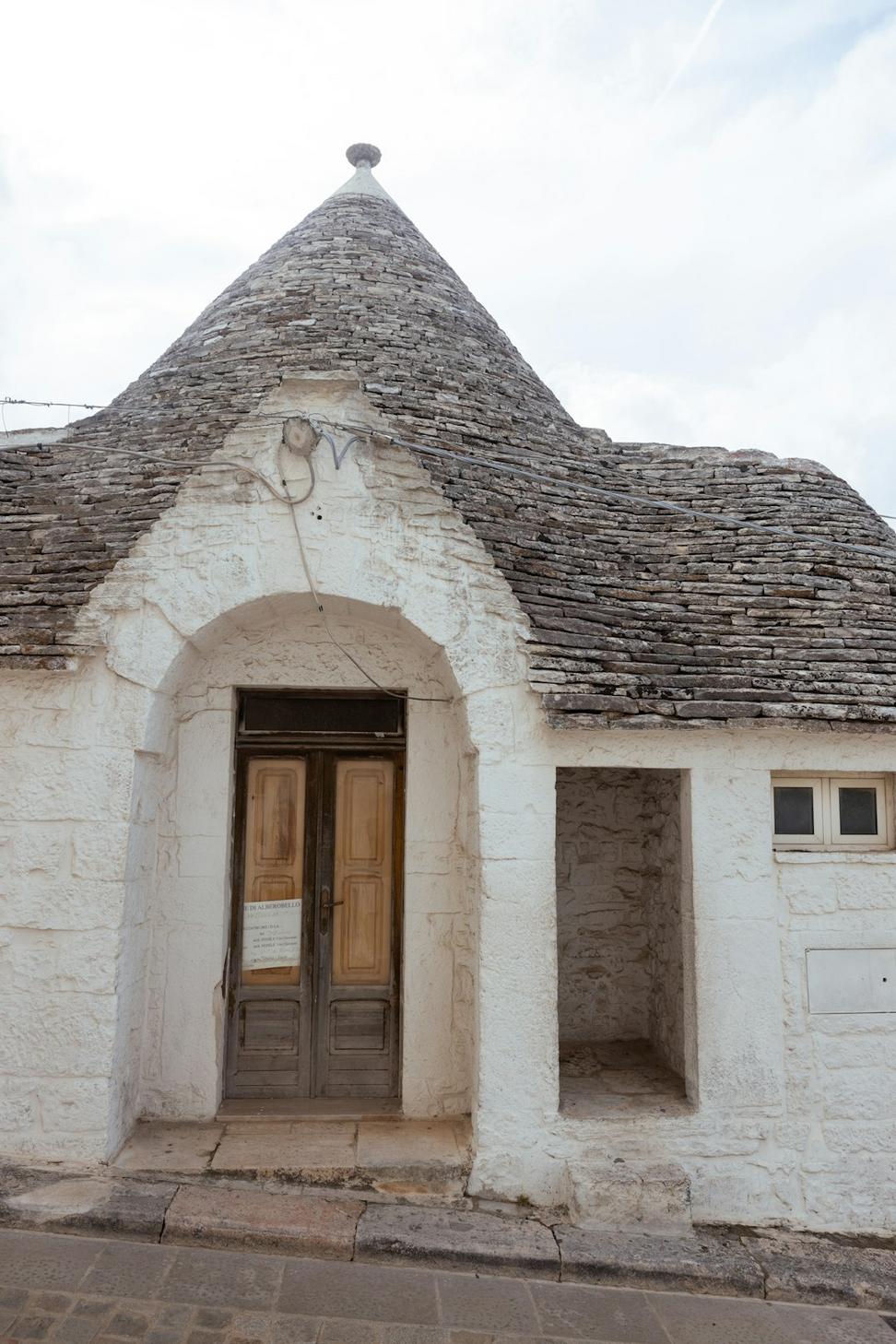Certifications & Recognition
LEED AP Accredited
Multiple team members certified in green building design
Passive House Certified
Completed 8 projects meeting strict energy standards
Net Zero Ready
Designing for zero carbon operations by 2030
WELL Building Standard
Focus on occupant health and wellness

Why Certifications Matter (Sometimes)
Here's the thing - certifications are great benchmarks, but they're not the whole story. We've seen projects chase points without actually being sustainable, y'know?
That said, LEED and Passive House standards push us to be better. They create accountability and give clients confidence that we're not just talking green - we're building it.
Our approach? Use these frameworks as guides, but never let the pursuit of a plaque compromise actual performance. Sometimes the most sustainable choice isn't the one that scores points.
Fun fact: Our average project achieves 35% better energy performance than code requirements, even when not pursuing certification.


